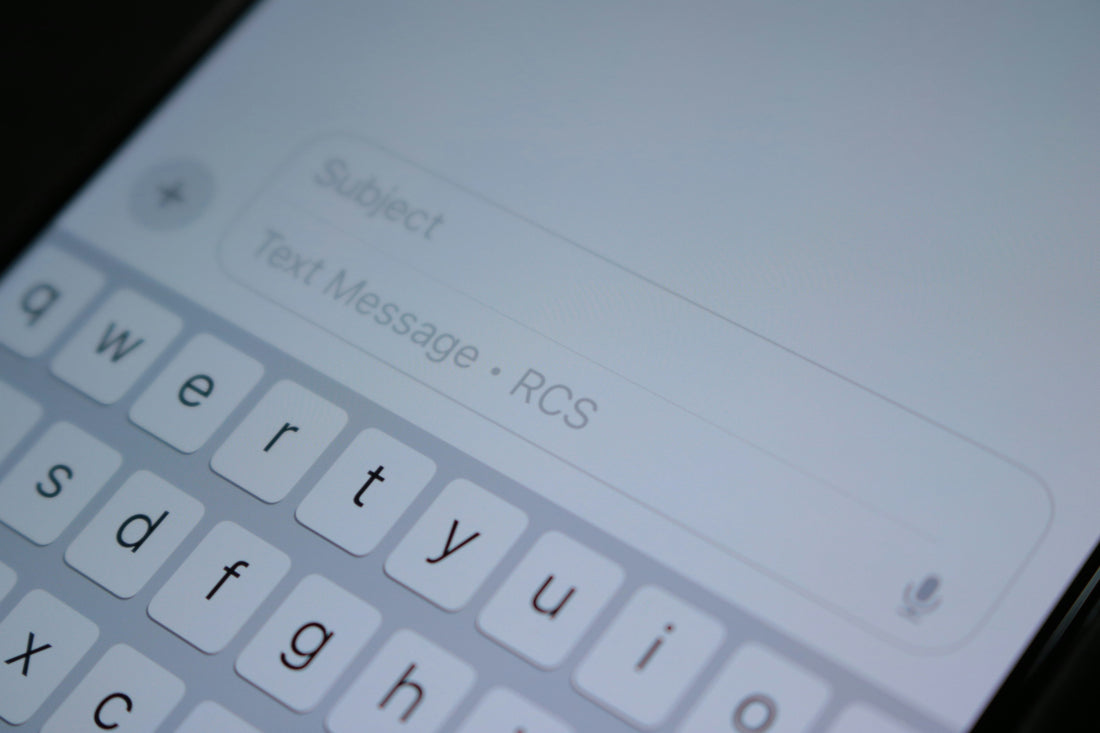
How to Keep Your Home Number Active for Calls and Texts While Abroad
If you want to keep receiving calls and texts (SMS) from your home number while traveling, you can use your home SIM for calls and texts, and a travel eSIM (AirSims) for data.
When travelling overseas:
✅ Data (Internet), WhatsApp, Facebook Messenger, email - use AirSims eSIM
✅ SMS and regular calls - use home sim with roaming enabled.
This is especially handy if you are using SMS for two-factor (2FA) authentication (typically SMS codes from banks and government services).
⚠️ Please note outbound standard mobile calls and SMS may incur roaming charges from your home provider.
Here's how to set it up:
Apple Devices
-
Go to Settings > Mobile/Cellular and set your home SIM as the "Default Voice Line" for calls and texts.
-
Set your AirSims eSIM for "Mobile Data" and make sure Data Roaming is turned on for your eSIM.
-
You can leave both SIMs active, but make sure Data Roaming for your home SIM is off to avoid extra roaming charges.

💡 Tip: If your home SIM interferes with the eSIM, you may need to turn off your home SIM. Turn it on only when you need to receive a call or SMS from your home number.
Android Devices
-
Go to Settings > Connections > SIM Manager, and set your home SIM for calls and texts.
-
Set your AirSims eSIM for "Mobile Data" and ensure Data Roaming is enabled for your eSIM.
-
You can leave both SIMs active. Just make sure your home SIM has Data Roaming off.


💡 Tip: If your home SIM is interfering with the eSIM, turn off your home SIM and only switch it on when you need to receive a call or SMS.
Two-Factor Authentication (2FA) via SMS (Usually codes from banks and government websites)
You can still receive 2FA SMS codes to your home number while abroad by keeping your home SIM active for standard calls and texts. This is especially useful for security purposes. Just remember that receiving texts is often free, but sending texts or making calls may result in roaming charges, so it's best to check with your home provider.
🔥🔥 HOT Tip: When securing your accounts, using an authentication app is a more reliable option than SMS. Authentication apps, like Google Authenticator or Authy, generate time-sensitive codes that are more resistant to hacking than SMS-based verification, which can be vulnerable to SIM swapping attacks. Additionally, an eSIM (embedded SIM) enhances security by allowing users to activate mobile plans without a physical SIM card, making it harder for unauthorized parties to tamper with your device. Opting for an authentication app and an eSIM can significantly improve your digital security while traveling or managing sensitive information.
Call Forwarding (Advanced Option)
If you're tech-savvy, you can set up call forwarding from your home number to a virtual number while abroad. This can be done using a VOIP service (like Google Voice). You’ll need an internet connection for this setup, which means having an active travel eSIM for data. This option is more complicated and may not be suitable for all travellers.
Making Calls/Texting Without Roaming Charges
To avoid roaming charges for calls or texts, learn how to make international and local calls over Wi-Fi or through apps like WhatsApp, Skype, or Google Voice. This is the best way to stay connected without extra fees.









